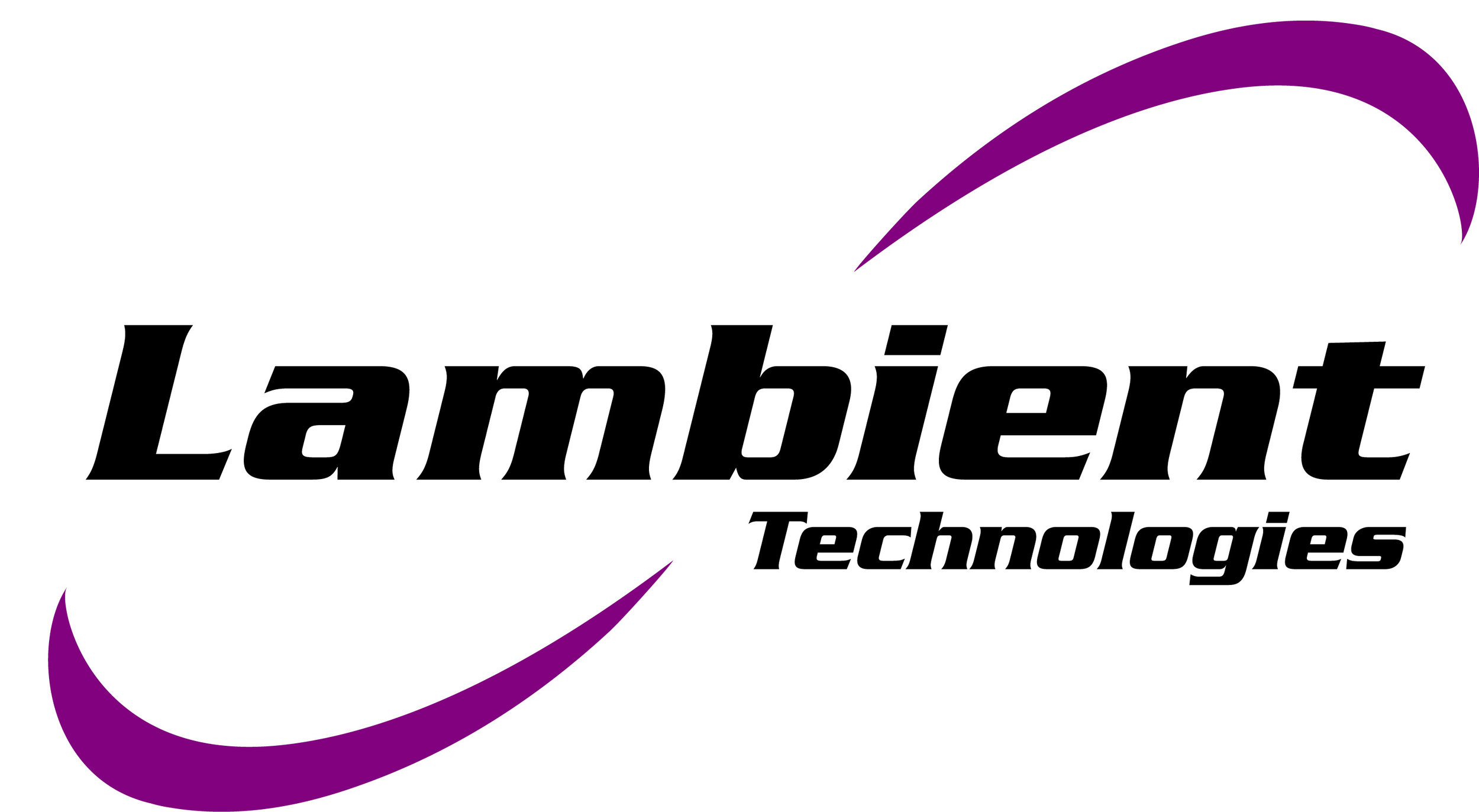Cure Monitoring of Epoxy Molding Compound
The curing behavior of epoxy molding compound (EMC) was observed using the LTF‑631 High Speed Dielectric Cure Monitor.1 Data from dielectric cure monitoring (DEA) clearly show:
Critical Points identify characteristic features of the cure such as minimum ion viscosity, maximum slope of log(ion viscosity) and the time to a chosen end of cure.
Cure time decreases and reaction rate increases as cure temperature increases, as expected for a reaction that is thermally driven.
Dielectric cure monitoring of EMC samples show very high repeatability.
Normally available in either B-staged powders or pellets, as shown below, for transfer molding, EMC is essential for electronics packaging and is used to encapsulate billions of integrated circuits each year.
Granular and pelletized epoxy molding compound
Spiral flow test
The viscosity and curing behavior of EMC vary with the hundreds of available formulations and the high-speed, high-volume requirements of manufacturing demand consistent, reliable material performance. Presented schematically below, the spiral flow test is one of the principal methods for evaluating EMC. This test uses a mold with an Archimedean spiral channel and EMC is injected into it with a specified charge mass, mold temperature and transfer plunger speed.
Spiral flow test at start of epoxy molding compound (EMC) injection
As material flows through the channel, it cures, undergoes gelation and finally solidifies enough to stop flow. The length of the cured portion is a measure of the combined characteristics of fusion under pressure, melt viscosity and gelation rate under the test conditions.
Spiral flow test after cure of epoxy molding compound (EMC)



